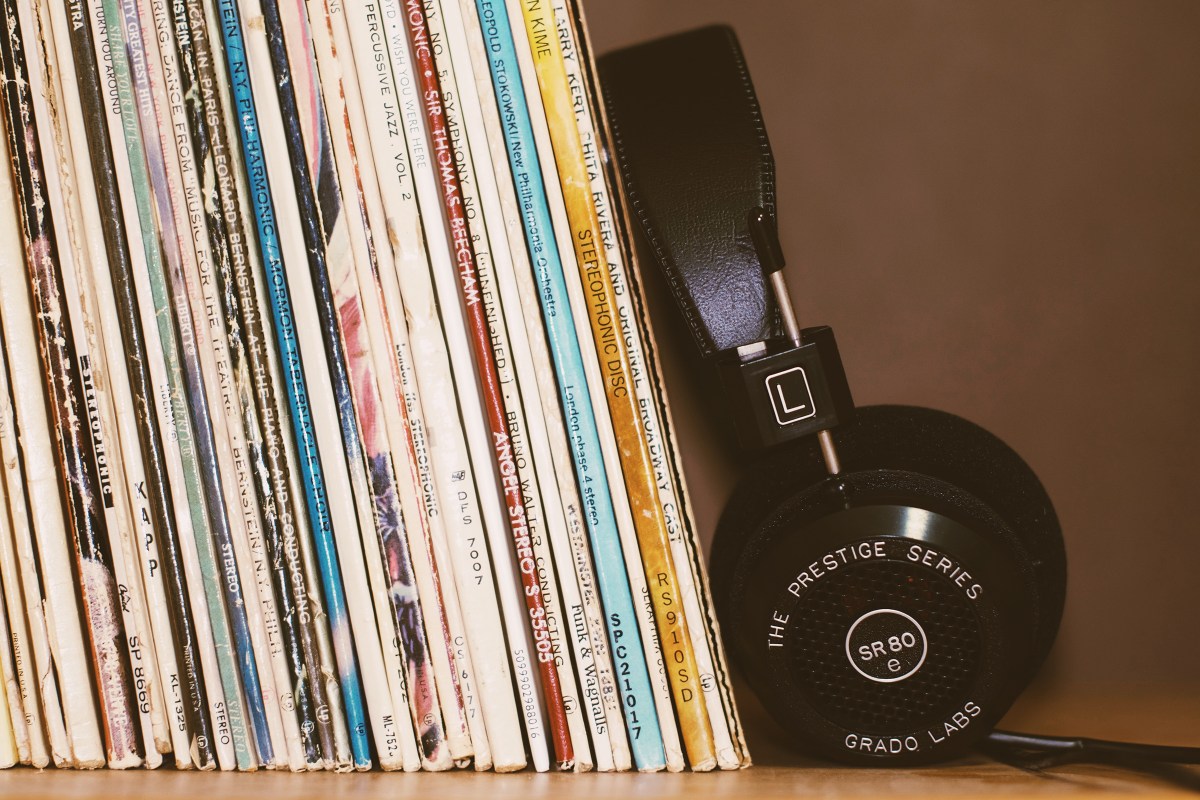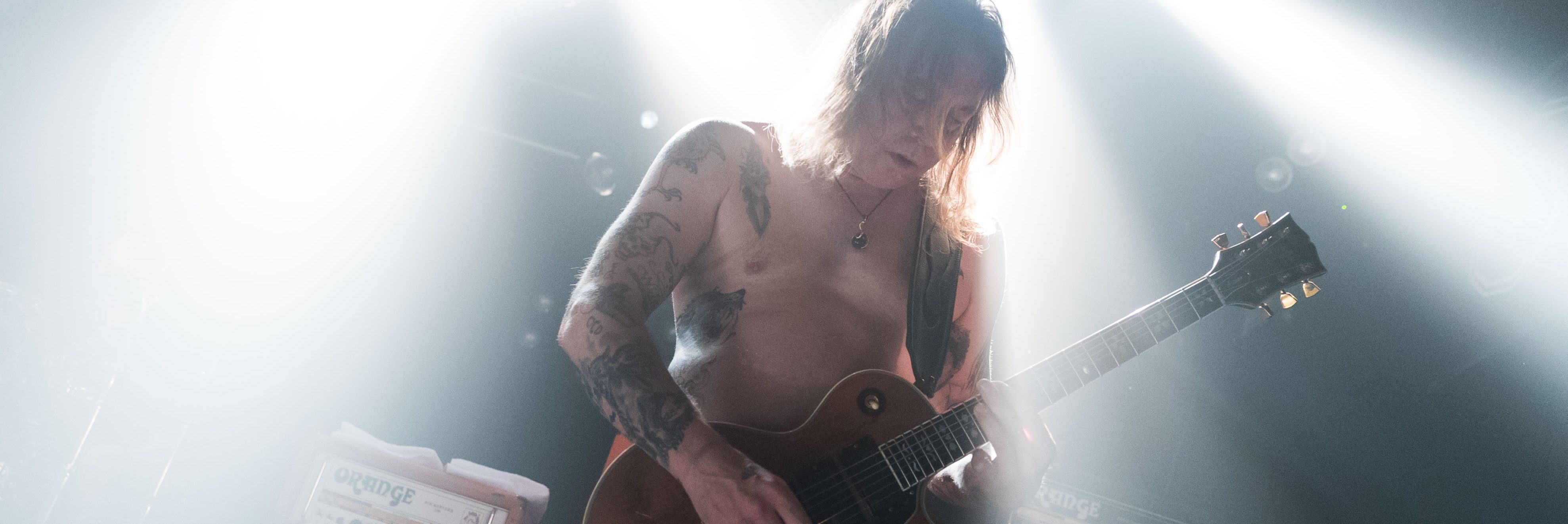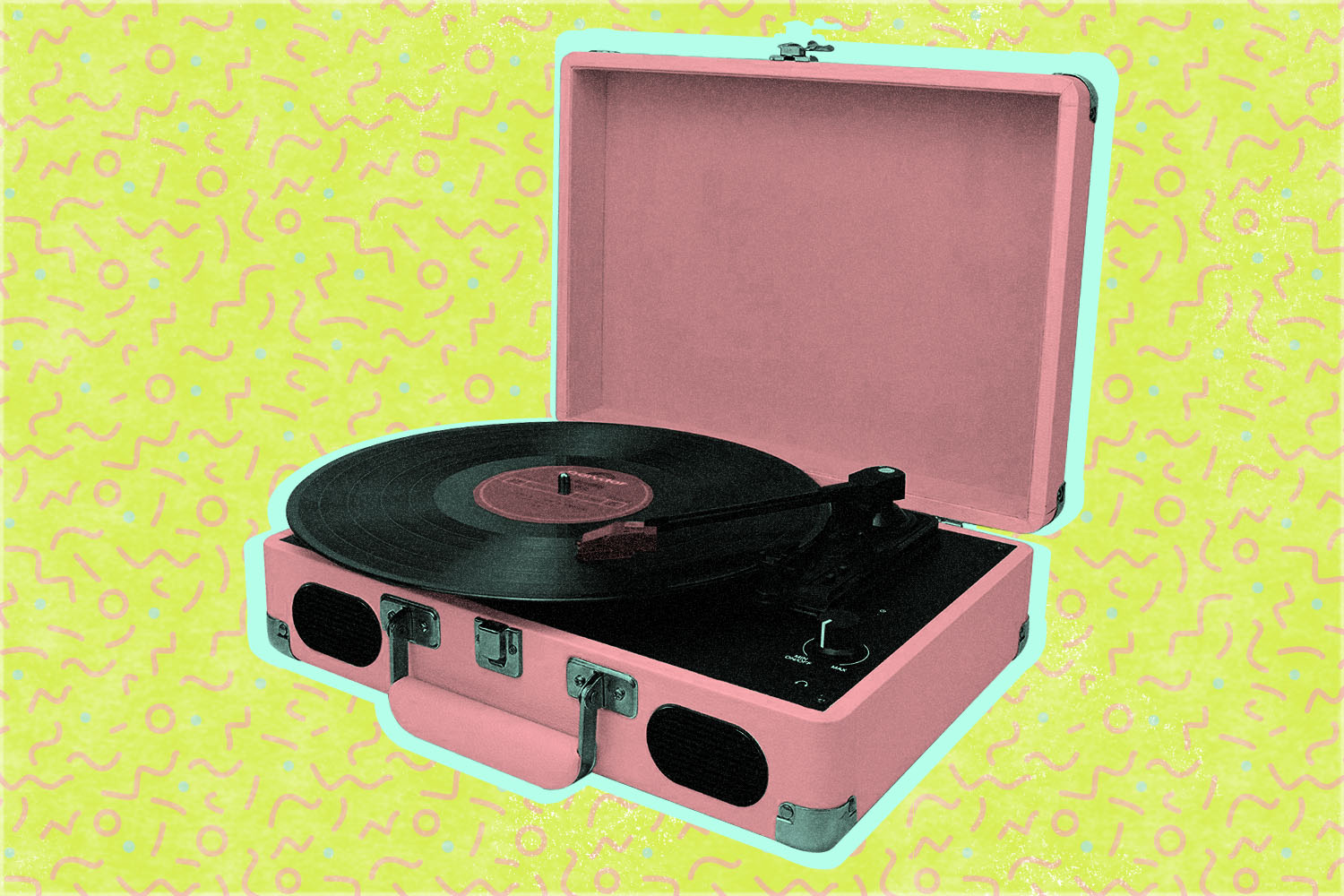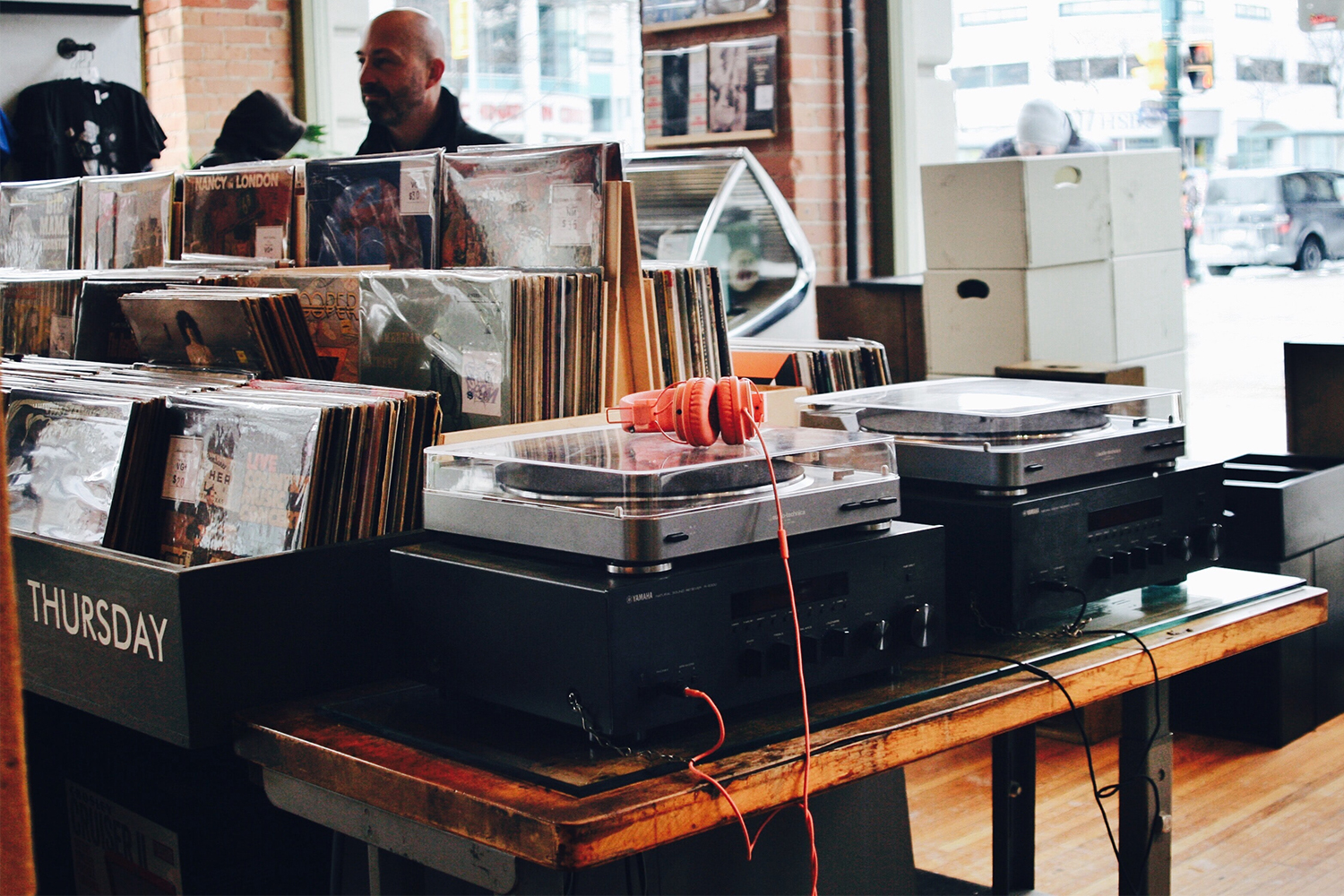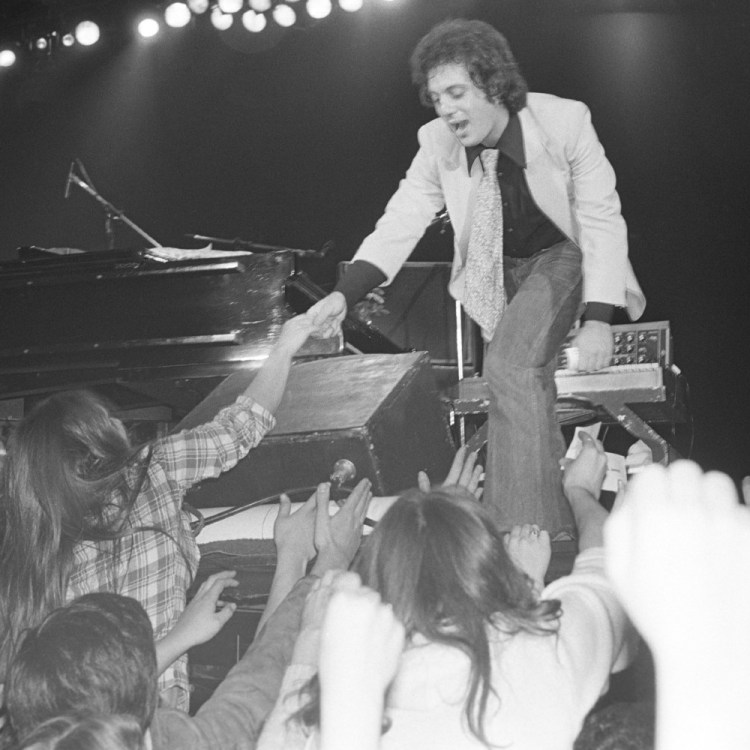Every so often, the same “they just don’t make ’em like they used to” arguments about popular music tend to get regurgitated. “Rock is dead,” they’ll moan. “All of our heroes are selling out.” But this week, a new piece in The Atlantic by writer Ted Gioia changes things up and asserts that it’s actually old music killing the industry — specifically by occupying space once dominated by new music.
The piece, titled “Is Old Music Killing New Music?” bases its claim on two statistics in particular. First, that according to music analytics firm MRC Data, old songs now represent 70 percent of the U.S. music market. However, as Gioia concedes, “Only songs released in the past 18 months get classified as ‘new’ in the MRC database, so people could conceivably be listening to a lot of two-year-old songs, rather than 60-year-old ones.” (Spoiler alert: they are. Spotify’s Top 10 most-streamed songs in history were all released between 2017 and 2019, and you have to get all the way to No. 24 — Queen’s “Bohemian Rhapsody” — before you find a song that wasn’t released this decade on the list.) The other figure cited notes that the 200 most popular new tracks now “regularly account for less than 5 percent of total streams.”
Of course, just because people aren’t streaming the 200 most popular new songs — i.e. the kinds of things you’d find on any Top 40 radio playlist — as they were in years past doesn’t mean they aren’t streaming any new music. Isn’t it possible that instead people’s tastes have diversified and they’re listening to more independent, lesser-known artists? And if that’s the case, isn’t that cause for celebration? Even something like the success of Morgan Wallen’s album Dangerous: The Double Album, which shattered records and wound up being the highest-selling album of 2021 despite the controversy over his use of the n-word, though disheartening, should be an indicator that new music still sells.
The Atlantic, however, remains convinced that young people these days are almost exclusively listening to old music. “I encountered this phenomenon myself recently at a retail store, where the youngster at the cash register was singing along with Sting on ‘Message in a Bottle’ (a hit from 1979) as it blasted on the radio,” Gioia writes. “A few days earlier, I had a similar experience at a local diner, where the entire staff was under 30 but every song was more than 40 years old. I asked my server: ‘Why are you playing this old music?’ She looked at me in surprise before answering: ‘Oh, I like these songs.’”
Setting aside the fact that this is all completely anecdotal evidence, does he really think that people listening to music that came out before they were born is at all a new phenomenon? And does putting on an oldies playlist during your shift at work one day preclude someone from also listening to and enjoying new music? If someone’s truly a big music fan, they’re going to appreciate the greats from all eras, up to and including the present day.
The piece does raise some legitimate concerns about record labels’ willingness to take a chance on new, unknown artists. But it also tries to hold up wholly unrelated industry phenomena as evidence that old music is “killing” new music. Record stores, it notes, used to aggressively market new releases, “but now they make more money from vinyl reissues and used LPs.” That completely overlooks that fact that the biggest vinyl releases of 2021 were all new albums by massive pop stars. Adele’s 30 sold 318,000 wax copies in less than two months, and Olivia Rodrigo’s debut record Sour sold 268,000 copies on vinyl. Three of the Top 10 highest-selling albums on vinyl last year are by Taylor Swift. Given all that, it feels impossible for record stores to still be making more money off of reissues.
Gioia also claims that “dead musicians are now coming back to life in virtual form — via holograms and ‘deepfake’ music — making it all the harder for young, living artists to compete in the marketplace.” (I highly doubt anyone is sitting at home trying to decide whether they should buy tickets to Rodrigo’s forthcoming tour, which sold out in a matter of minutes, or save their money to see Roy Orbison and Buddy Holly holograms.) Young people, he asserts, just don’t care about new music like they used to.
“Consider the recent reaction when the Grammy Awards were postponed,” he writes. “Perhaps I should say the lack of reaction, because the cultural response was little more than a yawn. I follow thousands of music professionals on social media, and I didn’t encounter a single expression of annoyance or regret that the biggest annual event in new music had been put on hold. That’s ominous. Can you imagine how angry fans would be if the Super Bowl or NBA Finals were delayed? People would riot in the streets. But the Grammy Awards go missing in action, and hardly anyone notices.”
First of all, the lack of reaction to the Grammys being postponed likely had more to do with the fact that the Recording Academy has spent the past few years squandering any and all goodwill with a series of scandals and controversial nominations than it does with people’s desire to watch new music. And anyone who has watched the Grammys at all knows that each year’s ceremony always features at least a handful of legacy artists performing — oftentimes collaborating with more contemporary artists, yes, but the institution has spent years fighting the idea that their voting body is too old and too white. They’re not exactly seen as modern tastemakers. In fact, the Grammys have become barely relevant in recent years, and to liken them to the Super Bowl or the NBA Finals grossly overestimates their current cultural cache.
The truth is, it’s encouraging to see so many young fans embracing physical media and taking an interest in the legacy artists who inspired their more contemporary favorites. If the numbers from MRC Data were flipped and new music was dominating the market, we’d no doubt see articles lamenting the lack of respect for the all-time greats and worrying whether their influence is dying out. And ultimately, even Gioia himself seems to conclude that new music isn’t actually in danger of being killed.
“New music always arises in the least expected place, and when the power brokers aren’t even paying attention,” he writes. “It will happen again.”
This article appeared in an InsideHook newsletter. Sign up for free to get more on travel, wellness, style, drinking, and culture.
